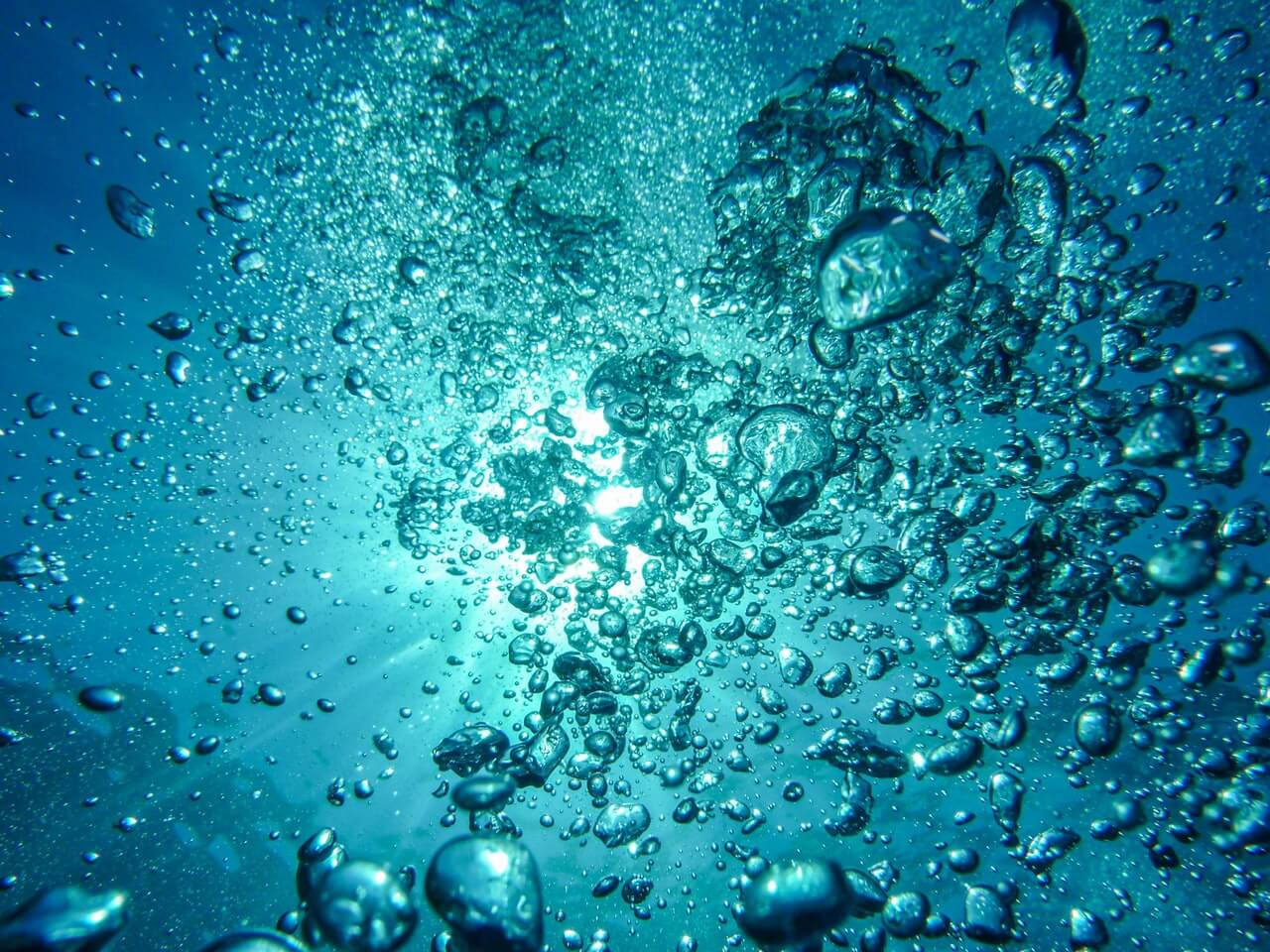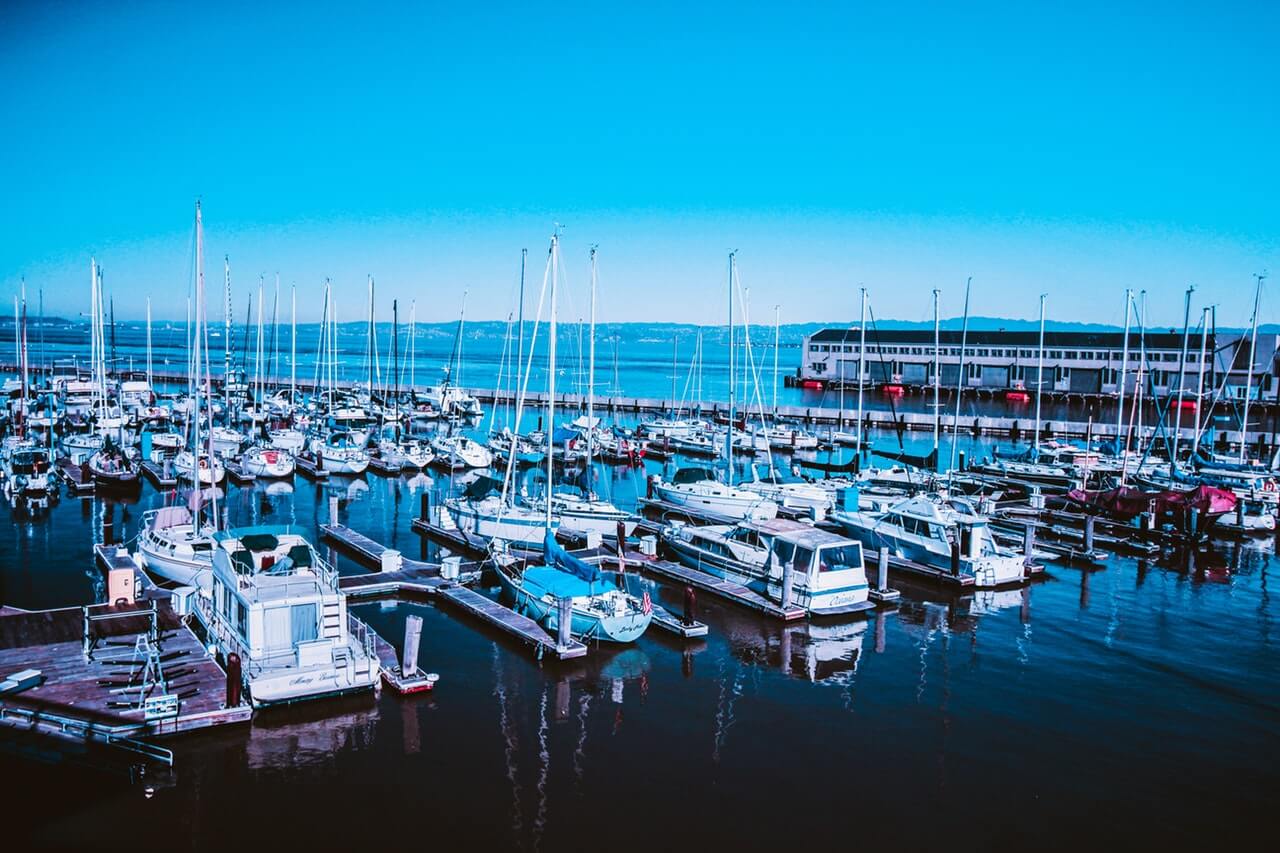Subsea and Marine Applications for Lifting Hoists
It’s easy to think of the marine industry as only one sector, but did you know that it’s in fact comprised of many different areas? Whether its marine military defence, or perhaps work on dockyards and shipyards, there are many areas that rely on an extensive range of lifting equipment. Another such usage is for subsea and marine applications; read on below to find out more.
Many applications need to be completed below water
Some details about subsea and marine applications
The subsea and marine industries are different from the dockyards and ports industry. The latter is more concerned with the building and repairing of ships or for functions such as the loading of items onto ships.
On the other hand, subsea and marine applications tend to deal with scientific or engineering projects, such as ocean exploration or mining. It’s still a huge industry:
- There are over 750 subsea companies within the UK alone, which helps to generate around £8.9 billion
- Research by British Marine helps to bring £3 billion in direct revenues to the UK economy
Clearly, it’s an important part to our economy, and not only involves things such as the sourcing of resources, but it also concerns sustainability with the environment too. Lifting hoists play a huge role in helping this to happen smoothly and safely.
Boats and other marine vessels have a great need for this equipment
What lifting hoists are used for this?
As detailed above, there a number of ways in which lifting hoists are used in this industry, such as for ocean exploration or seafloor mineral mining. But some of the other applications in this industry that might require the use of hoists are:
- Water removal
- Gas treatment and compression
- Laying down power or communications cables
There are two primary hoists that we find are used for subsea and marine applications. The first are electric hoists. Given the need for an electricity supply, these hoists obviously won’t be used for any subsea applications!
But they find great use on board the ships themselves, helping to move around tools, equipment or other loads. At the time of writing, we supply electric hoists from three manufactures:
They are efficient, cost-effective and safe ways for those with lifting and lowering needs. While electric hoists can be used for many industries, we also supply a specialised type of hoist that is solely for this sector; the subsea hoist.
Subsea refers to any equipment that is fully submersible under water, and offers a huge number of benefits to their users. They can either be operated manually by a diver, or remotely using an ROV. They are also still capable of lifting up to 20,000Kg even while at great depths. And, of course, they are built with added corrosion resistance, given the need to be operating in salty sea water.
Interested to hear more about our equipment?
Typically, when we think of lifting equipment and lifting hoists, we think of construction sites or engineering projects. We don’t tend to think of this same equipment of working hundreds of metres deep in the sea!
But, many projects and applications that are conducted at sea simply wouldn’t be possible without the use of these specially designed lifting hoists. They also play a vital role in other industries such as:
If you would like to read more on just some of the dozens of ways that lifting hoists help to serve us, then be sure to read our extensive article Applications and Uses for Lifting Hoists. Or, for any other queries, you can reach us here.

 Fast Delivery
Fast Delivery Low Prices
Low Prices Buy Online
Buy Online
